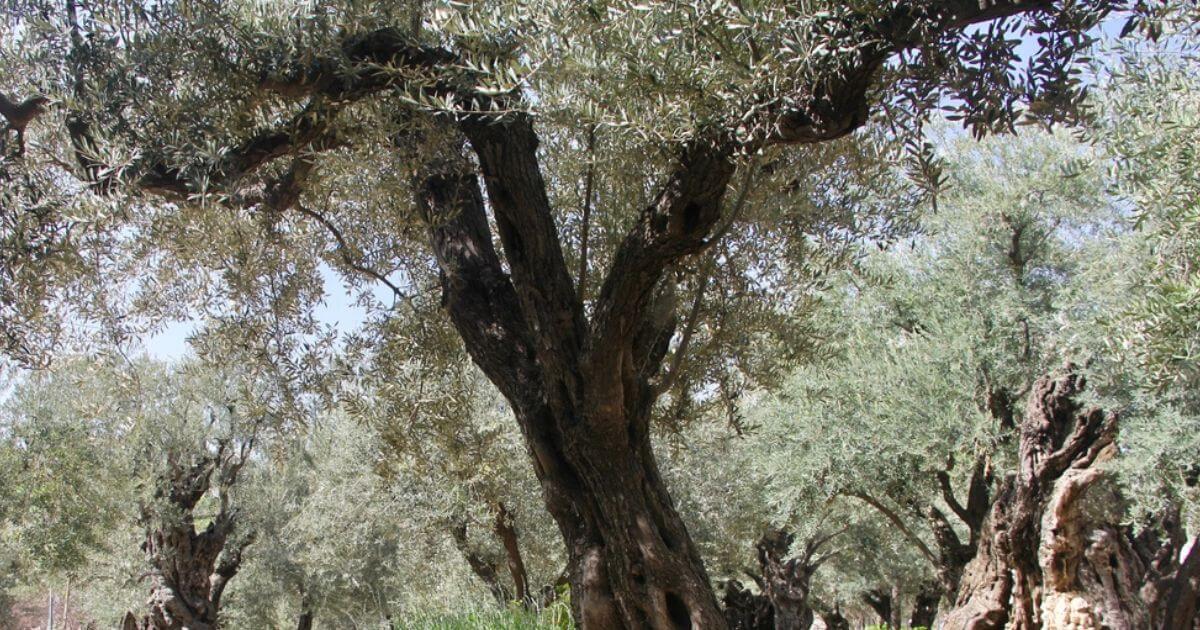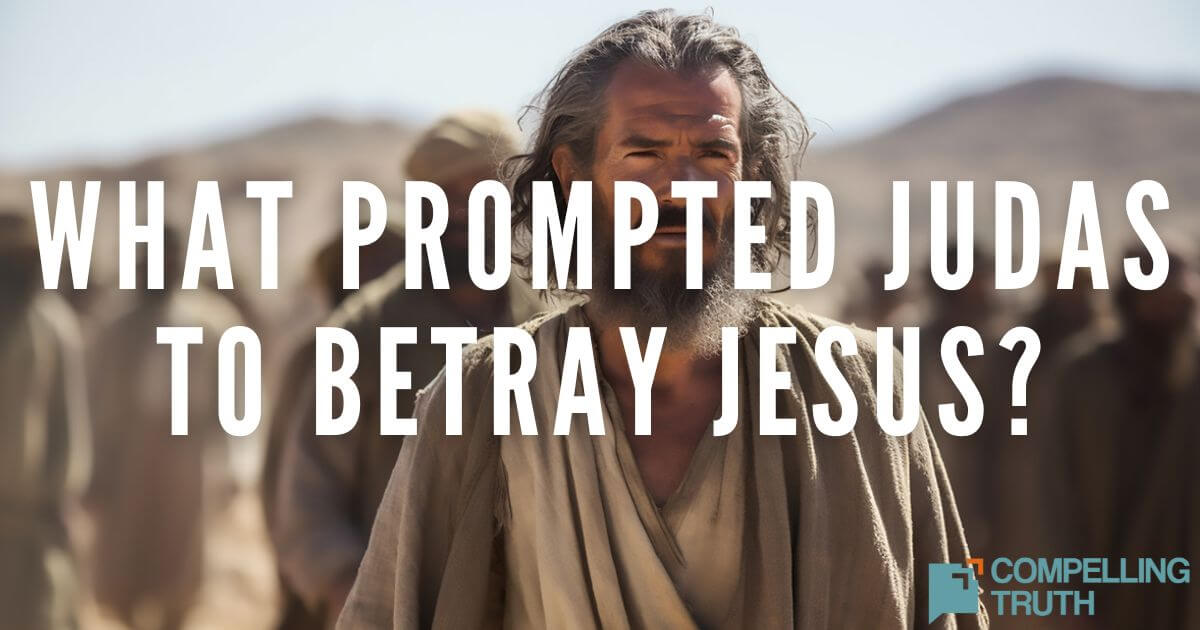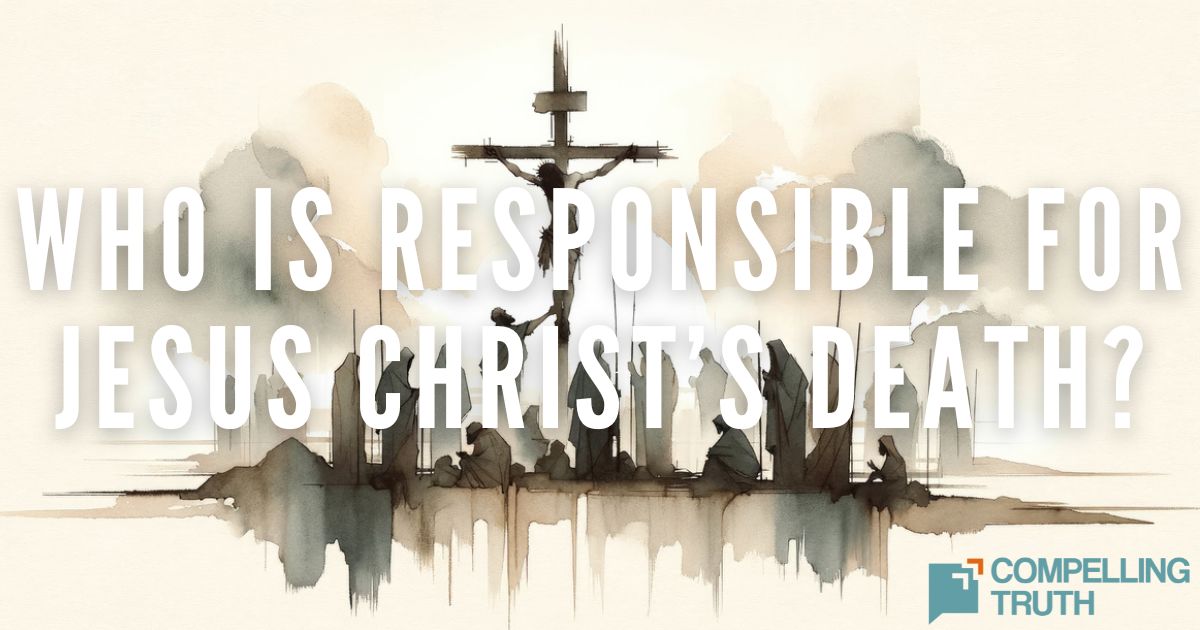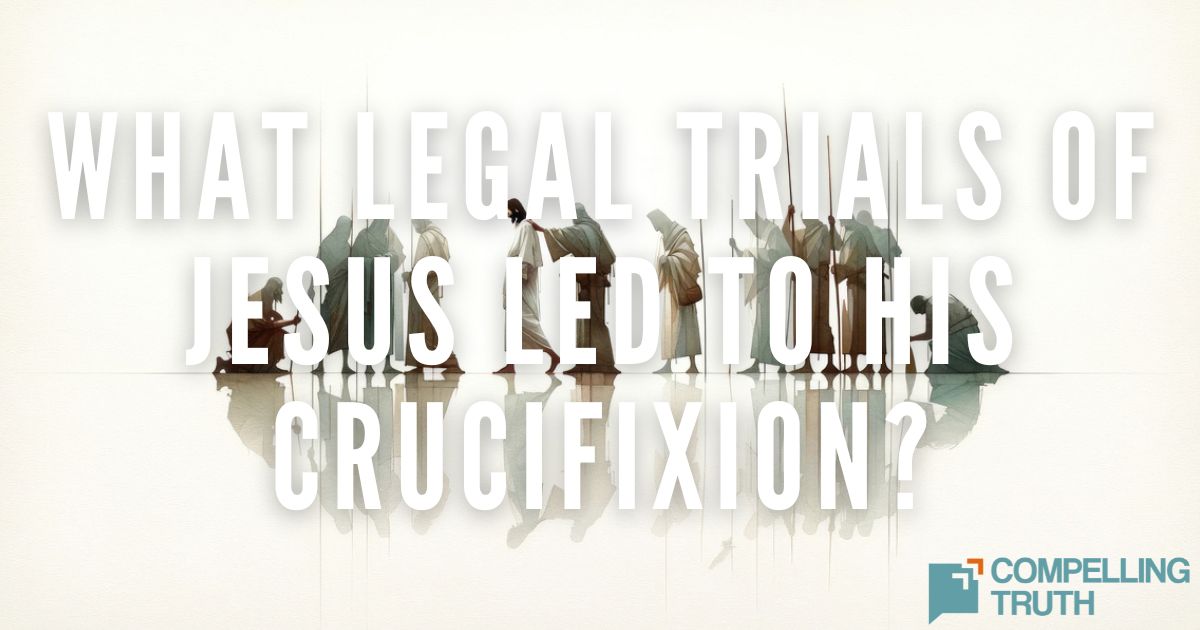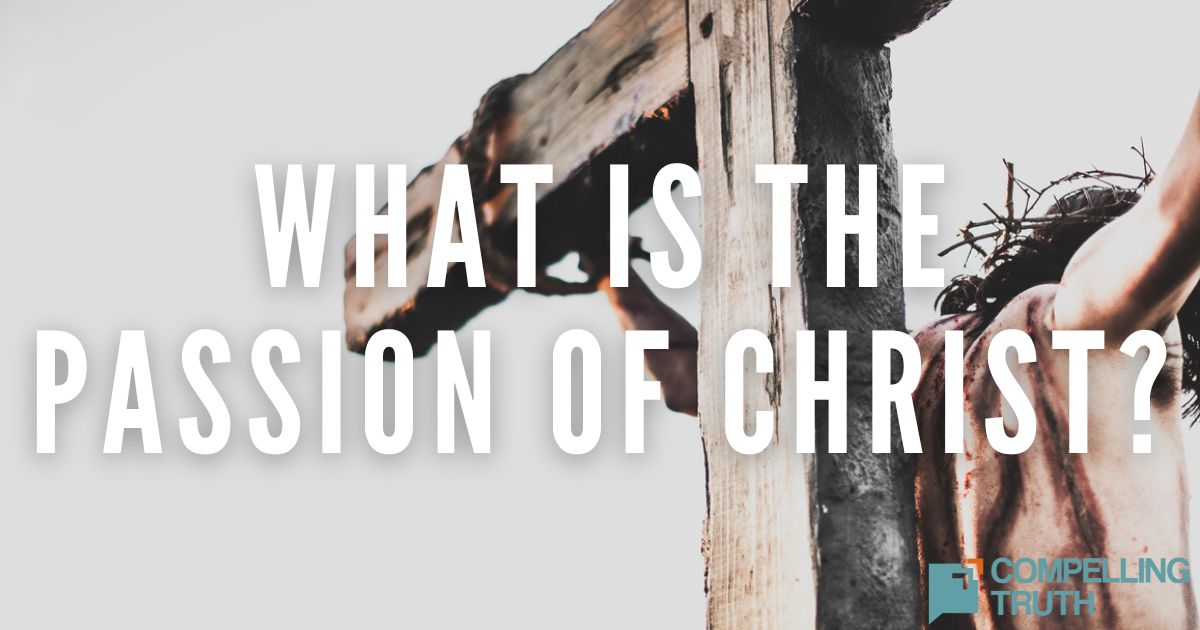After the Last Supper, Jesus took His disciples to the garden of Gethsemane. He had them sit in one spot while He went to another to pray, taking three of the disciples—Peter, James, and John—with Him. He prayed in deep distress, asking God if possible to avoid the impending suffering but ultimately submitting to God's will. Meanwhile, Peter, James, and John fell asleep despite Jesus' request for them to keep watch. Judas then arrived with a crowd to arrest Jesus, betraying Him with a kiss. When Peter reacted by cutting off a servant's ear, Jesus rebuked him and healed the servant. Jesus' submission, even in great anguish, serves as an example to us of trusting and following God's will amidst adversity.
The story of the garden of Gethsemane illustrates submitting to God's will amidst intense personal suffering. Jesus, acutely aware of the impending pain and sacrifice, prayed earnestly for an alternative. His heartfelt plea, “My Father, if it be possible, let this cup pass from me; nevertheless, not as I will, but as you will” (Matthew 26:39), reveals His human vulnerability and divine obedience. Despite His deep anguish, marked by His sweat falling like drops of blood, Jesus ultimately chose to follow God's plan. While is natural to experience fear, we must turn and seek God’s help in dire circumstances. God wants us to come to Him honestly especially in our moments of need. Maintaining a close relationship with God is what helps us persevere during difficult times. Prayer becomes a source of comfort, guidance, and strength to endure hardships as we hold on to the One who knows us, sees, us, and has the strength we need.
Jesus' submission to God's will, even at the cost of His life, also serves as the ultimate example of obedience and sacrifice. Jesus’ submission to God’s will challenges believers to consider their own willingness to follow God’s will, even when it demands personal sacrifice or deviates from their own plans. The disciples could not even stay awake while Jesus prayed, regardless of their circumstances leading them to be afraid and tired. Jesus, though, fully faced all He would endure, despite the immense difficulty of it. Jesus’ unwavering commitment to God's will, regardless of the actions of those around Him, powerfully provides us with the ultimate example of faith and obedience, urging believers to remain faithful and obedient to God, even when others will not.
